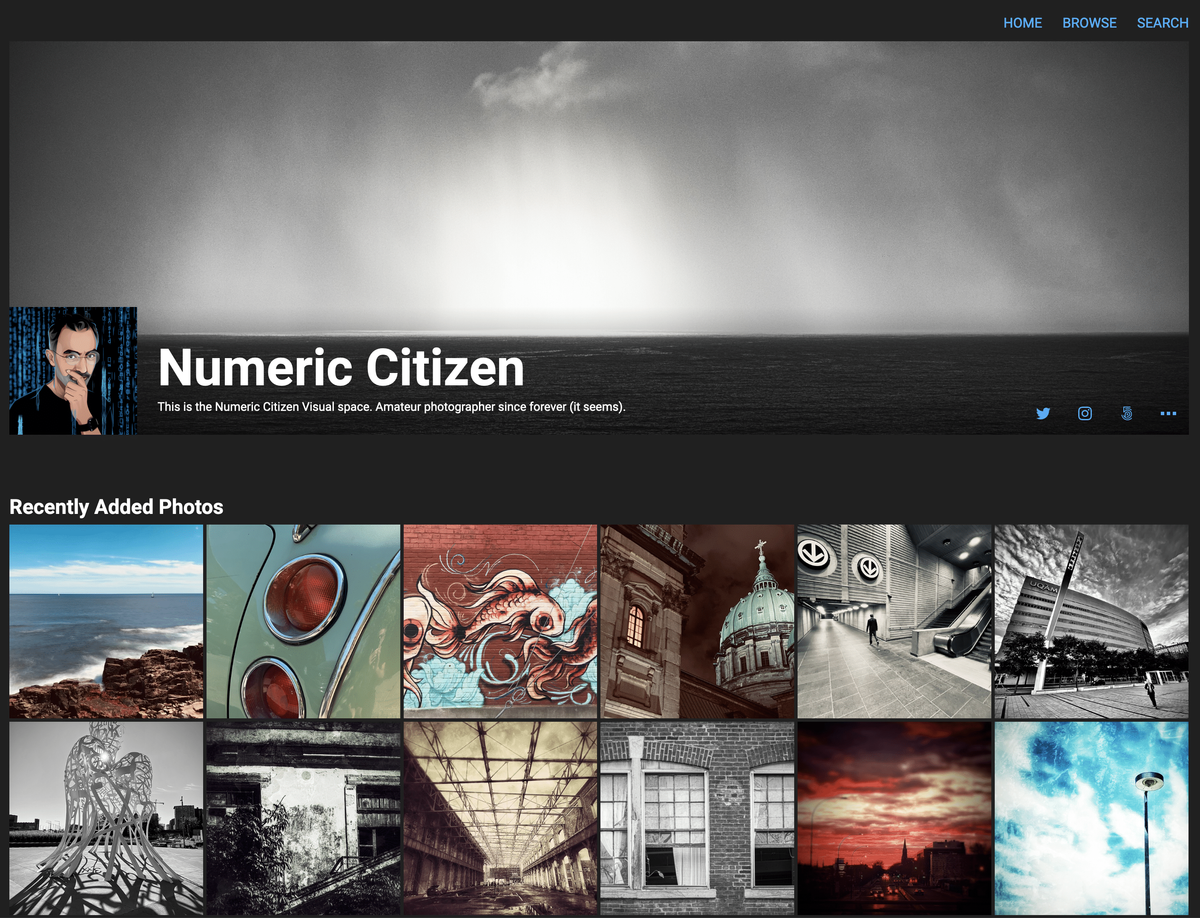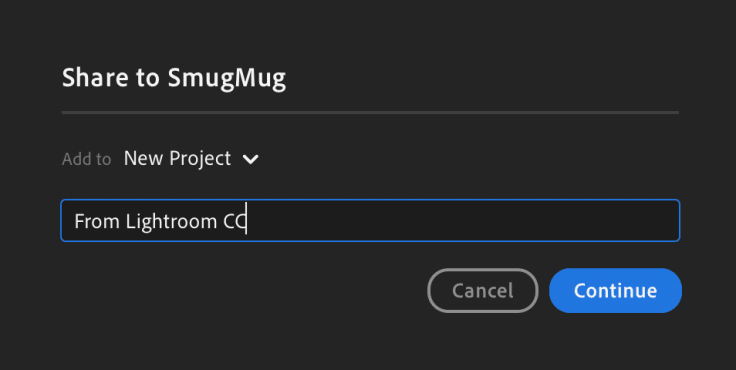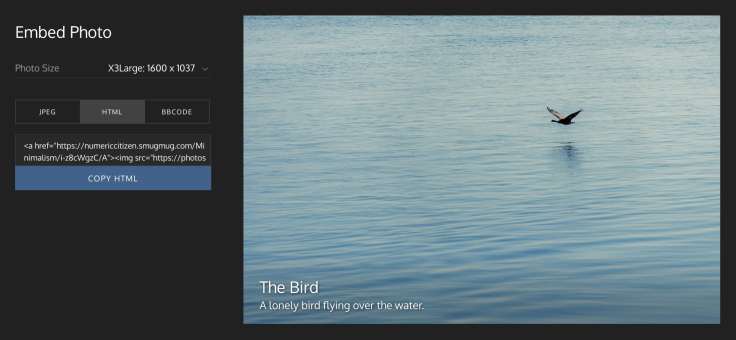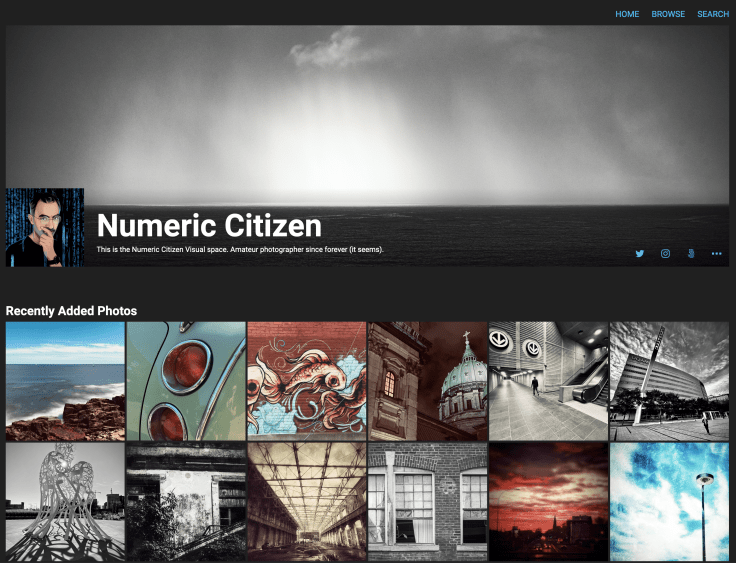SmugMug — The Definitive Home for my Online Photo Library
I have found my definitive place to share my best photos. Here is a look behind the scene of my experience setting it up on Smugmug.

Smugmug: what a weird name. Flickr was cooler. Even 500px name is better. Smugmug, really? Yet, Smugmug is now hosting my online photo library simply because, besides their uncanny name, it offers the best features mix that an amateur photographer like me is looking for to put his work online.
Since Flickr started to have growing and maturing pains, my quest to find an alternative service was met with deception. I have been using 500px for more than a year now, but after giving a second try to Smugmug, I understand that 500px is not the right place for hosting my photo library after all. This article is about my experience setting up my Smugmug website, how I migrated my photos to it and some of my thoughts about Smugmug in my photography landscape. It’s not a full review of Smugmug; there are already plenty of them (here, here and here).
It’s Jack Baty’s fault
Thanks to Jack Baty’s Rudimentary Lathe notes:
After being frustrated by a limitation of SmugMug, I re-visited the photo organizing and storage app Piwigo. I installed it on a new DigitalOcean instance(and uploaded some photos to galleries.baty.net. It’s much better than last time I tried it, but it’s not better than SmugMug. I like the idea of hosting my own photos, but I don’t want the maintenance or responsibility. SmugMug is also less expensive. So unless I convince myself that self-hosting is better and worth the extra time and cost, I’ll stick with SmugMug.
Mr. Baty’s comments sparked curiosity with Piwigo but also in Smugmug. I decided to give Smugmug another look1. My first experience a few years ago wasn’t up to my expectations at the time. Now, things are different. Let’s see why.
A desire for consolidation

What a rabbit hole that morning was when I started to look at Smugmug. I didn’t see the time fly. It was a judicious investment, though. The idea wasn’t only to find a better online space for my photos, but it was also the result of my desire to consolidate my online presence in the photography space. On that day, when I knew that Smugmug would be the right place, my Adobe Portfolio account was closed, photos on my Flickr account were removed, and my Ello website was deleted. This account closure streak was initiated recently with my decision to stop using my Universe account for the “Perfect Imperfections” photo series. This series is now a gallery on my Smugmug website.

As I wrote in the past, Flickr is not going anywhere and isn’t showing signs of a return to the glorious days. Adobe Portfolio has serious synchronization issues which became over time a real deal-breaker for me. Moreover, tying my photo-sharing service with my Adobe Photography plan isn’t a great idea in the long run. What if I decide to move off Adobe ecosystem?2
Giving Smugmug a serious second look
It isn’t my first flirt with Smugmug. Back in 2018, I wanted to compare major online photo-sharing services; Smugmug was part of them. For some reason, my experience at the time wasn’t good enough for me to stick with them. Today, it’s different. Maybe my experience with Flickr and 500px is helping me have a better perspective on what I’m looking for as an amateur photographer.
Smugmug’s focus is to enable people like me to show their work in a focused, simple and effective way. Smugmug is not a social network. There is no timeline, no traditional user profiles with followers count, no bio, etc. Liking or commenting on people’s photos is not at the center of the user experience. The focus of Smugmug is photography, not personalities or fame. It’s a big difference. It’s refreshing in a noisy and social-by-obligation world. I don’t miss the social side with Smugmug3.
Building a website is simple and starts with a theme selection. Once done, uploading photos into albums is all the things needed to get started. It’s fast. I didn’t stop there, though. Smugmug is highly customizable. I wanted to make my website more personal and reflective of my online “branding”. I like the results. I’m not entirely done yet, but 90% of the customization work is done.
Smugmug offers an iPhone and iPad application for mobile users. They are not the best design examples, but they are functional. They don’t support things like widgets, drag and drop on the iPad and the sharing extension tends to disappear from time to time. A reboot of the device addresses the problem4. Background tasks aren’t supported either as the application needs to be open to complete any photo upload process. I find this to be annoying5.
An Apple TV application is also available and is among the best of its class, compared to 500px, Flickr or Adobe Portfolio.
Migrating my photos
I didn’t migrate my photos in reality; they were re-uploaded from my devices. The upload experience varies between platforms.
In Lightroom Classic, I re-exported my previously published Adobe Portfolio albums from my iMac using Smugmug’s plugins. Installation of the plugin is tricky. It has to be downloaded from Smugmug’s website, not from Adobe. Installation is well documented here. Once configured, a simple drag-and-drop of the photos to the online gallery followed by hitting the publish button is all that is needed. There is also a connector for the cloud version of Lightroom CC. It works well but it is less versatile.

Individual files can be uploaded using Smugmug’s auto uploader utility on macOS. It’s pretty basic, but it does the job well. It’s perfect to upload a bunch of files at once, In the same gallery.
Cross-posting to other places
I’m cross-posting some of my photos to my Micro.blog feed using Micro.blog’s built-in cross-posting feature. For this to work, I created a dynamic photo gallery on Smugmug based on the use of the “Microblog” keyword. This dynamic gallery comes with an RSS feed that I configure in Micro.blog’s cross-post feature as the source. It works great. This is something I couldn’t do before.
One of the great thing about Smugmug is the support for RSS feeds with each photo gallery, static of dynamic. Using a service like IFTTT, I could trigger actions based on those feeds. Pretty cool.
Nothing is perfect
Smugmug isn’t perfect but at least there is a constant improvement to the service if Smugmug’s blog is any indication.

I can embed pictures from my website, but options are limited to the picture URL only. There are no “branding” or framing options. Sharing a photo from iOS should allow keywords and caption editing while in the share extension panel. On macOS, the upload utility doesn’t support the Share menu feature. In Lightroom CC, it’s not possible to select a destination gallery while sharing a photo with the Smugmug connector. These are small issues that don’t affect my satisfaction with Smugmug in general. These issues can easily be fixed.
What about my other accounts?
The next account that I’ll probably close is my 500px account when my subscription expires in January 2022. I don’t really need the social aspect of 500px; it’s one of the service’s differentiators compared to Smugmug. I’ll keep my Instagram account for the social aspect. Furthermore, I’m not too fond of the fact Instagram is part of Facebook, but I’m willing to keep it while waiting for a better alternative in that space (more on that later in this blog post).
I’ll keep my Unsplash account for now too. I love the service, and I’m having a “wait and see” attitude toward them after being acquired by Getty Images. I’m more of a consumer of Unsplash than a producer, though. I could remove all my photos there, but I like to contribute to this community with what, I think, are my best shots. It’s fun and gratifying.
While waiting for newcomers
I’m always looking for alternatives. Bokeh is one of them, but it has been in the making for a long time as a Kickstarter project. As a contributor, I do get updates from time to time, but I feel this thing won’t fly. I don’t have a good feeling for that one. Glass.photo is a much interesting one. Their website is nicely done, but updates are hard to come by. The latest one was published in September 2020. Their Twitter account is somewhat active, so it looks like people behind the service are still alive and well. I’ll see.

Then, there’s Apple’s iCloud Photo Library. We can already share photos online from our iCloud Photo libraries. This feature creates an ephemeral website containing the selected pictures. I think Apple is missing a great opportunity here by not offering something more elaborate in that space. Many people, myself included, would prefer to share their photos on a privacy protection conscious service instead of using Facebook or Instagram. Is Apple willing to enter that space? I’m not holding my breath. WWDC could reserve a few surprises in the photography space, but not this one.
Concluding remarks

My experience with Smugmug is quite positive overall. I finally have the feeling of having found my online home for a long time to come. My Smugmug homepage displays not only recently added photos but many photo galleries and an RSS feed on this blog of photography-related posts. There’s an about page too. It’s my photography-centric visual space. From time to time, I’ll publish new posts in the Photo Legend Series (hosted on Substack) of photos that you will find on my Smugmug page. I can’t wait to write the next photo legend. Stay tuned.
There you have it. I’m a happy camper now.
You can hit my Smugmug page at https://numericcitizen.photos or use the more traditional URL: https://numericcitizen.smugmug.com. Enjoy.
- Piwigo is not for me. I don’t want to manage a hosting service myself. I want to manage my photos. That’s it. ↩
- The lack of support for the M1 Macs for Adobe Lightroom Classic, more than six months after their release makes me think about reconsidering my use of Adobe’s software and services. ↩
- There are some visitors analytics available but they are buried in the account settings portion of the website. Weird place yes but the emphasis shouldn’t be on analytics after all. ↩
- Many apps suffer from disappearing share extension. It could be due to a bug in the operating system. ↩
- Paying for a service is not always a synonym of having access to the best application. ↩



